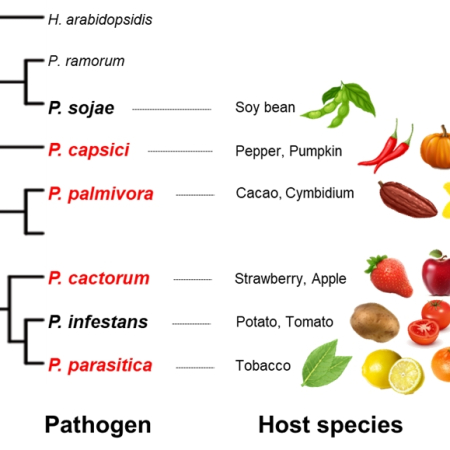Research Research Highlights
Research Highlights
Research Highlights
Research Highlights
Research Highlights 미리보기
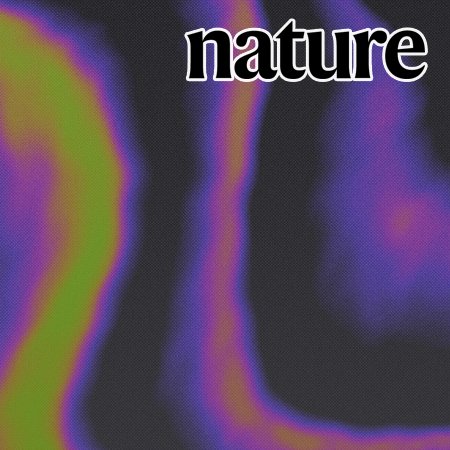
Atomic lift-off of epitaxial membranes for cooling-free infrared detection
Prof. Celesta S. Chang
Professor Celesta S. Chang's research team from the Department of Physics and Astronomy has developed an 'Atomic Lift-Off' technique that enables the production of ultrathin, freestanding perovskite oxide membranes—paving the way for high-performance, cooling-free infrared sensors.
Research Highlights Board
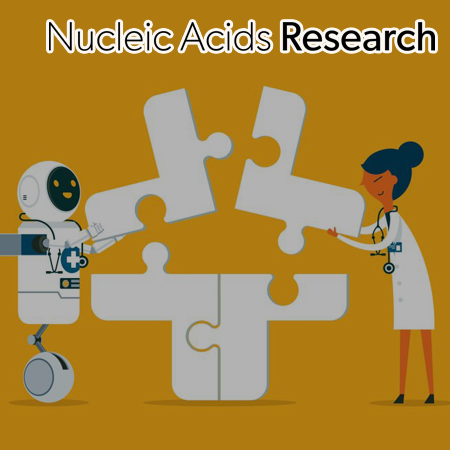
Discovery of Highly Active Kynureninases for Cancer Immunotherapy through Protein Language Model
Prof. Woon Ju Song & Prof. Martin Steinegger
Overcoming the immunosuppressive tumor microenvironment is a promising strategy in anticancer therapy. L-kynurenine, a strong immunosuppressive metabolite can be degraded through kynureninases.
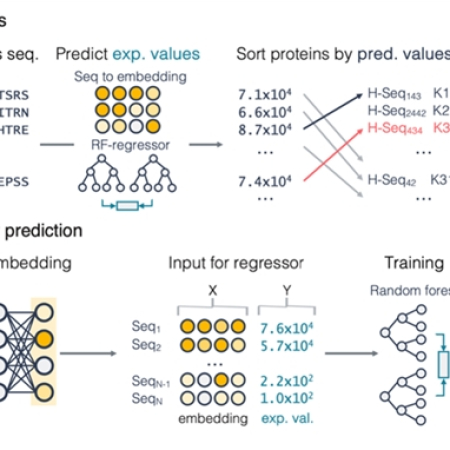
Discovery of Highly Active Kynureninases for Cancer Immunotherapy through Protein Language Model
Prof. Woon Ju Song and Martin Steinegger
Tailor-made enzymes empower a wide range of versatile applications, although searching for the desirable enzymes often requires high throughput screening and thus poses significant challenges. In this study, we employed homology searches and protein language models to discover and prioritize enzymes by their kinetic parameters.

Cerebellar Bergmann glia integrate noxious information and modulate nocifensive behaviors
Prof. Sang Jeong Kim
The cerebellum is activated by noxious stimuli and pathological pain but its role in noxious information processing remains unknown.
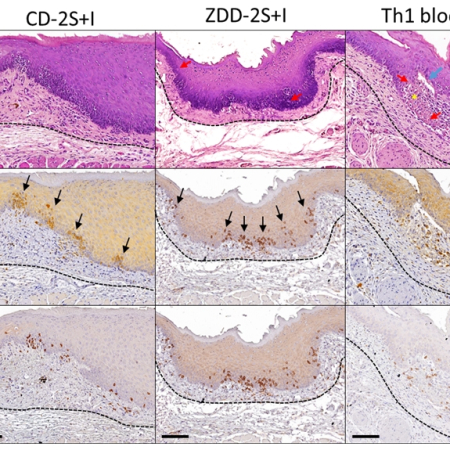
Induction of Oral Lichen Planus-Like Histopathology in Mice
Prof. Youngnim Choi
Oral lichen planus (OLP) is a chronic T cell-mediated inflammatory mucosal disease of unknown etiology. The lack of suitable animal models has hampered understanding its etiopathogenesis.
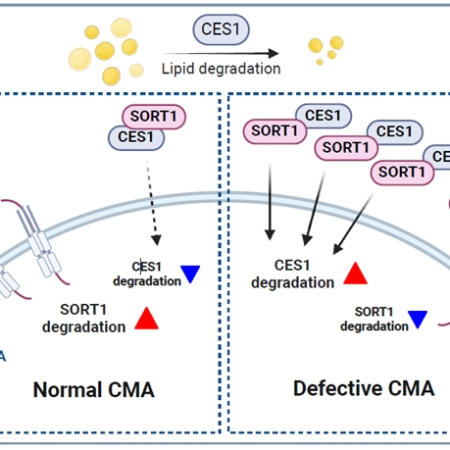
Impaired chaperone-mediated autophagy leads to abnormal SORT1 (sortilin 1) turnover and CES1-dependent triglyceride hydrolysis
Prof. Byung-Hoon Lee
SORT1 (sortilin 1), a member of the the Vps10 (vacuolar protein sorting 10) family, is involved in hepatic lipid metabolism by regulating very low-density lipoprotein (VLDL) secretion and facilitating the lysosomal degradation of CES1 (carboxylesterase 1), crucial for triglyceride (TG) breakdown in the liver.
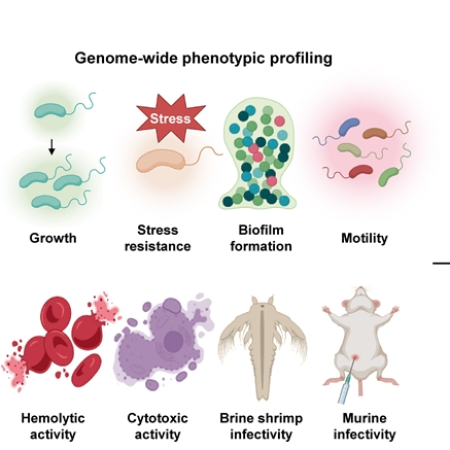
Genome-wide phenotypic profiling of transcription factors and identification of novel targets to control the virulence of Vibrio vulnificus
Prof. Sang Ho Choi
Professor Choi’s research team at SNU has identified the Vibrio vulnificus transcription factors at a genome-wide scale and characterized their functions comprehensively, proposing novel targets to control the pathogen.
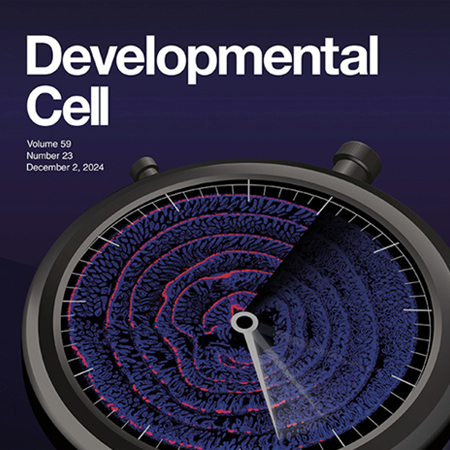
Dual function of PHF16 in reinstating homeostasis of murine intestinal epithelium after crypt regeneration
Prof. Sung Hee Baek
Professor Sunghee Baek's team at SNU identified PHF16 as key to intestinal homeostasis after injury. PHF16 restores the epithelium by activating RAR/RXR target genes via HBO1 histone acetylation and suppressing YAP/TAZ via CDC73 ubiquitination. Its role offers insights for gut repair therapies.
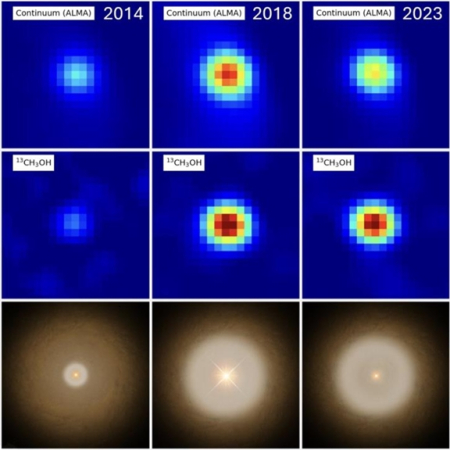
A Natural Laboratory for Astrochemistry: The Variable Protostar B335
Prof. Jeong-Eun Lee
Emission lines from complex organic molecules in B335 were observed in four epochs, spanning a luminosity burst of about 10 years duration. The emission lines increased dramatically in intensity as the luminosity increased, but they have decreased only slightly as the luminosity has decreased.
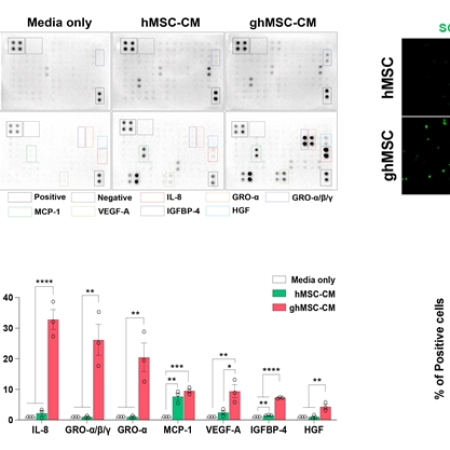
Neuroplasticity-enhancing therapy using glia-like cells derived from human mesenchymal stem cells for the recovery of sequelae of cerebral infarction
Prof. Mi-Sook Chang
Despite a dramatic increase in ischemic stroke incidence worldwide, effective therapies for attenuating sequelae of cerebral infarction are lacking. This study investigates the use of human mesenchymal stem cells (hMSCs) induced toward glia-like cells (ghMSCs) to ameliorate chronic sequelae resulting from cerebral infarction.
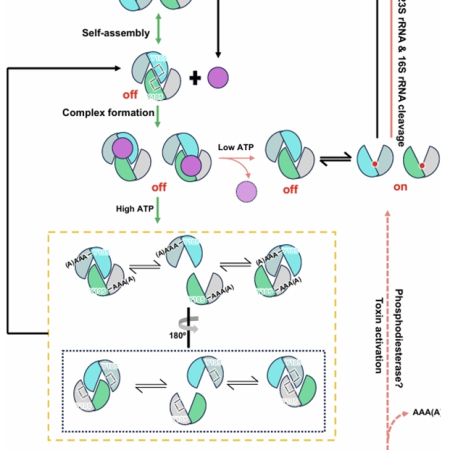
Structural insight into the distinct regulatory mechanism of the HEPN-MNT toxin-antitoxin system in Legionella pneumophila
Prof. Byung Woo Han
HEPN-MNT, a type VII TA module, comprises the HEPN toxin and the MNT antitoxin, which acts as a nucleotidyltransferase that transfers the NMP moiety to the corresponding HEPN toxin, thereby interfering with its toxicity.
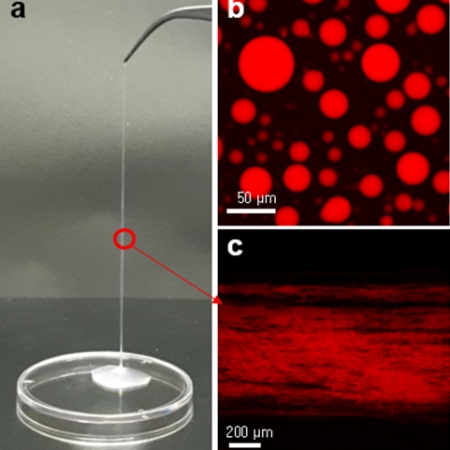
Calcium ion-triggered liquid-liquid phase separation of silk fibroin and spinning through acidification and shear stress
Prof. Ki Hoon Lee
Professor Ki Hoon Lee's research team from the Department of Agriculture, Forestry, and Bioresources at SNU developed a biomimetic spinning process by leveraging silk fibroin's liquid-liquid phase separation, followed by acidification and shear force to produce fibers.


